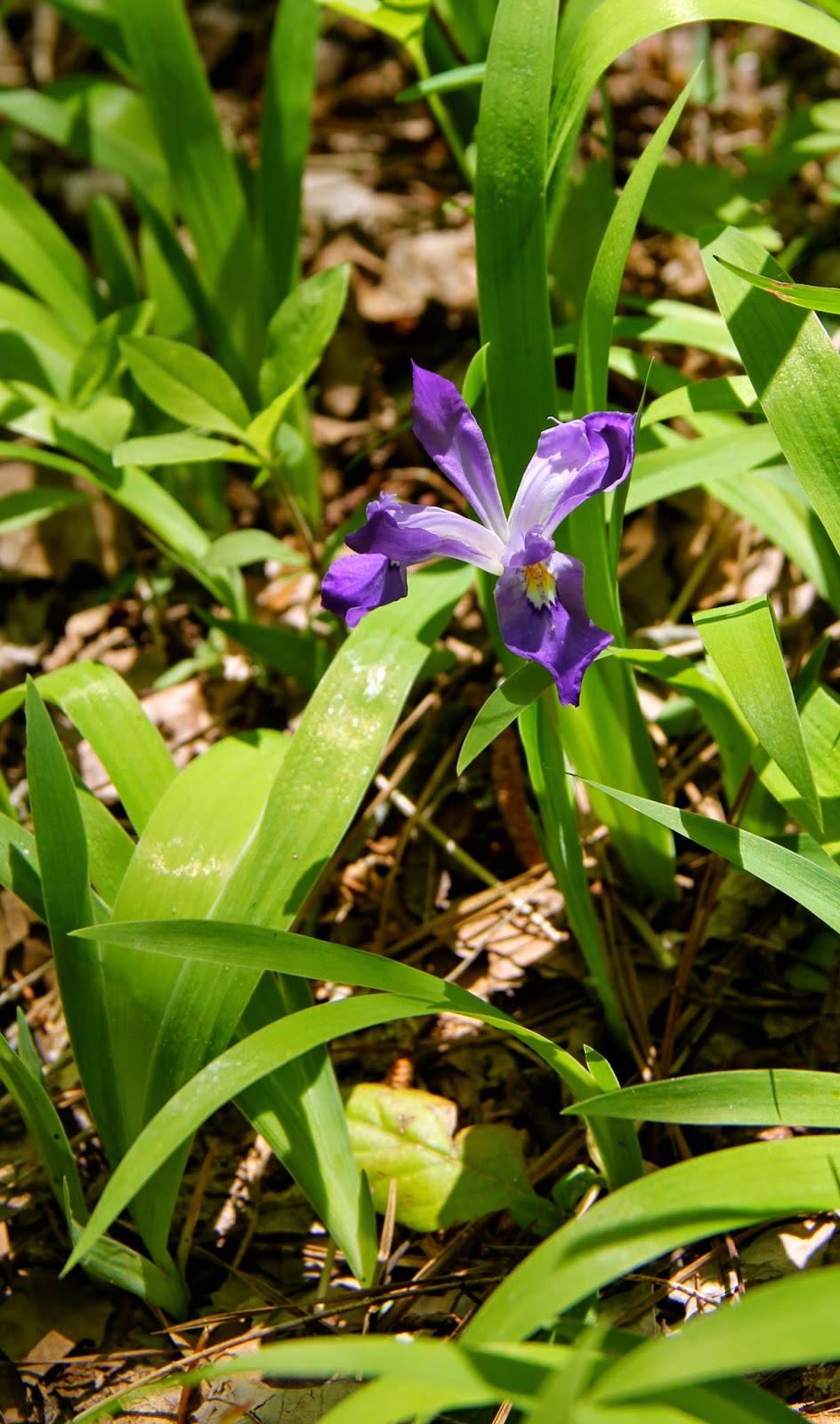"Gaily bedight,
A gallant knight,
In sunshine and in shadow,
Had journeyed long,
Singing a song,
In search of Eldorado."
In Mrs. Gilchrist's 10th Grade English class, I memorized these words by Edgar Allan Poe and recited them with gusto, conjuring images of Indiana Jones, ancient maps and buried treasure;
envisioning the sunshiny world of untold wonders and life of non-stop adventure that awaited me in the very near future.
In Mrs. Gilchrist's 10th Grade English class, I memorized these words by Edgar Allan Poe and recited them with gusto, conjuring images of Indiana Jones, ancient maps and buried treasure;
envisioning the sunshiny world of untold wonders and life of non-stop adventure that awaited me in the very near future.
Poe penned these words near the end of his life, in 1849, when it seemed that all America had caught "gold fever," and all who could were heading west in pursuit of unimaginable riches. California had become a 19th century American version of El Dorado, the mythical city of gold whose lure had drawn the Spanish conquistadores into the heart of the Amazon centuries earlier.
"But he grew old-
This knight so bold-
And o'er his heart a Shadow
Fell as he found
No spot of ground
That looked like Eldorado."
My eyes are older, and they grow tired at this time of night, but with an acuity honed by decades of traveling, I see more clearly now than I did way back then.
I, like Poe and his knight so bold, and the snakes, and the magnolia, the iris, the violet and the poison ivy, dwell in a world of both sunshine and shadow.
As living beings, we all seek the life-giving sunshine,
but if our life persists for more than a brief moment,
we will dwell for a time in nature's shadows as well.
"And as his strength
Failed him at length,
He met a pilgrim Shadow-
'Shadow,' said he,
'Where can it be-
This land of Eldorado?'"
As living beings, we all seek the life-giving sunshine,
but if our life persists for more than a brief moment,
we will dwell for a time in nature's shadows as well.
"And as his strength
Failed him at length,
He met a pilgrim Shadow-
'Shadow,' said he,
'Where can it be-
This land of Eldorado?'"

Melancholy though much of his life may have been, Poe's spirit still inspires;
no matter how deep the shadows on either side,
if one can but muster the strength to "Ride, boldly ride,"
the journey immerses us in a world of untold wonders...
no matter how deep the shadows on either side,
if one can but muster the strength to "Ride, boldly ride,"
the journey immerses us in a world of untold wonders...
















































